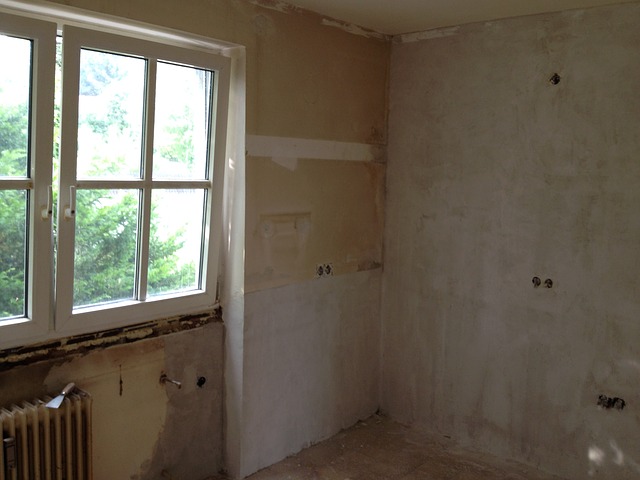 By Rachel Lynch
By Rachel Lynch
When trying to find a buyer’s dream home, it’s critical to not lose sight of what really matters—and no, I don’t mean an immaculate kitchen. Whether your client is a first-time homebuyer, or a retiree looking to downsize, the state of their new home impacts their health. Unfortunately, even the most beautiful facade can be hiding an ugly truth.
When showing homes built between 1930 and 1980 there’s a chance the property contains asbestos, and that is a problem for all involved. Asbestos is a naturally-occurring mineral that was used heavily in building materials and commercial products through the 1970s. The use of the mineral fell dramatically and now under federal regulations no more than 1 percent of asbestos can be in any new spray on building materials. Asbestos use and exposure was highest in California, Florida, Pennsylvania, New York, and Texas.
Reports from the 70s, before the regulations, show that the United States was consuming upwards of 800,000 tons of asbestos each year. Currently about half of all residential properties built prior to the federal regulations contain the carcinogen. The microscopic fibers were once thought to be a miracle solution to many construction issues because of their ability to resist fire and most chemical reactions. Unbeknownst to builders at the time, the material is a carcinogen. Exposure to asbestos is the only known cause of mesothelioma cancer, which develops in the lining of the organs decades after inhaling or ingesting the toxin. The rare disease may present in the lungs, heart, or abdomen and carries a poor prognosis, so preventing exposure to the toxin should be a primary concern.

@Tina-Bettina, 2014. pixabay.com
If you’re showing a home that was built during the asbestos heyday, it’s important to have the property inspected by a licensed abatement professional. Asbestos is invisible to the naked eye, so there is no way to easily identify parts of the home that may contain the toxin. Asbestos products could have been used in ceiling tiles, insulation, cement, flooring, shingles, and wallpaper among others. Asbestos may not pose an immediate risk if products containing it are in good condition, but when worn or damaged the particles are likely to become airborne.
After completing the inspection, a professional can advise what is the best option for the space, either encapsulate existing good condition asbestos or total removal of the toxin. Knowing that there is an asbestos hazard in the home at the time of purchase can enable the buyers to include the cost of abatement when negotiating a purchase price. On average, abatement can cost homeowners about $2,000. A professional will typically charge from $200 to $700 per hour for asbestos removal services. Unlike other common toxin removal projects, such as removing products containing lead, there is little hope of receiving a grant to recoup the expenditure. The U.S. Department of Housing and Urban Development (HUD) grants are only applicable to nonprofits, businesses, schools, and government buildings, not an individual private citizen.
As a real estate professional, you’re an advocate for your clients being safe and thinking critically about all potential homes. Help them make smart decisions and find the house of their dreams.
Outside expert Rachel Lynch is the press and media coordinator for the Mesothelioma Cancer Alliance. The organization’s work is focused on awareness and advocacy for mesothelioma cancer and aims for a complete ban of asbestos in the United States. The mineral has been banned in more than 60 countries to date. Her focus is on raising awareness of asbestos exposure and ensuring all at-risk communities are aware of the potential health impacts. She is passionate about raising awareness in the DIY and home-renovation space. When not working she likes to wind down with a good book to re-energize before starting the fight all over again.
Comments 2
Pingback: How to Protect Home Buyers, Owners From Asbestos – South Carolina REALTORS
Always a good idea to test building materials for asbestos, especially before renovation. You can get a test kit at http://www.AsbestosTestKit.com